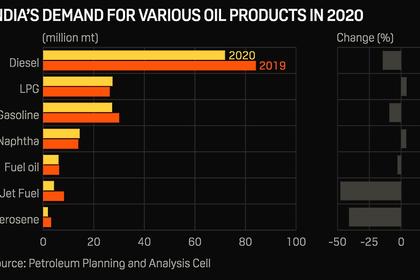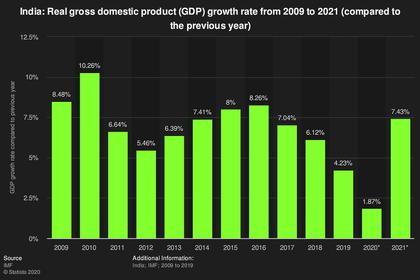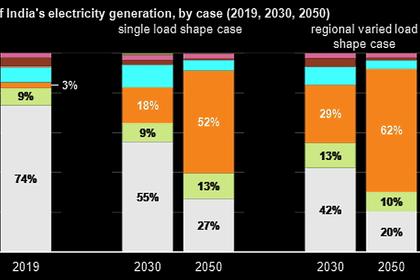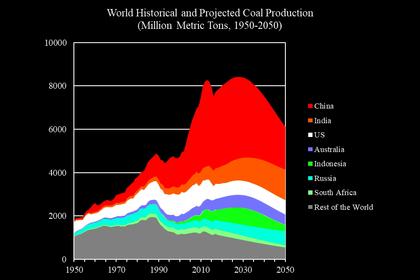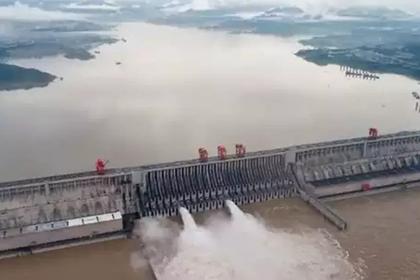
INDIA'S ENERGY MARKET TRANSFORMATION
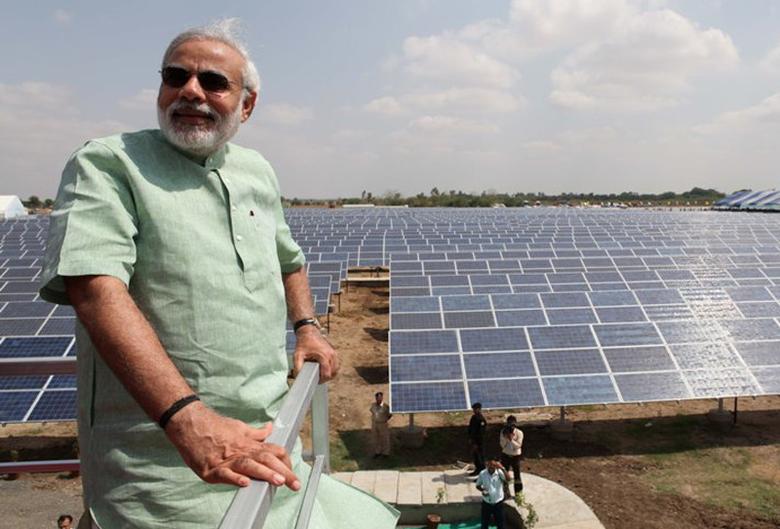
By Shatanshu Agrawal AVP Greenko
ENERGYCENTRAL- Feb 11, 2021 - India is well on its path of greening the power sector. There is no turning back from it. From here onwards, the share of RE in Indian power sector will only increase notwithstanding the minor bumps which would keep coming as the legacy supply systems adjust to a new normal. Challenges pertaining to RE integration are already a reality in our country. Going ahead, the issue of RE integration will aggravate unless the right measures are implemented.
One of the key mitigation measures is development of adequate energy storage capacity in India. Energy storage, as the name suggests, stores electric power in certain hours of the day (i.e. charging) and supplies it back in different hours (i.e. discharging). It is noteworthy that a majority of countries leading in RE adoption, namely Australia, Germany, Japan, USA, China have already created a sizeable energy storage capacity. As per data made available by Department of Energy, USA more than 150 GW of energy storage capacity exists in the world, largely based on Pumped Hydro Storage (PSP) technology. Energy storage is thus an established concept with few techno-commercially proven technologies already existing and a host of other technologies at various stages of evolution. The global RE transition has just made the world take a serious look at energy storage technologies with a new vigour. India also needs to get its act right and take decisive steps to enable adequate energy storage capacity development in the country.
The need for storage capacity is already evident in a few states in India and is likely to be felt materially across multiple states over the next 2-3 years. As per our estimate, energy storage requirement for the Indian power system is likely to exceed 100 GW/6 hours by 2030. This is subject to, primarily, achieving RE target of 450 GW with solar generation capacity of 300 GW by 2030, 300 GW peak demand in 2030 (5.2% CAGR growth over the next decade) with hourly demand profile largely same as is now, as well as improved ability of conventional generation capacity to vary its output at a short notice (so as to accommodate the demand and RE generation variability). These estimates might be higher than what is available in the public domain but we have assumed RE capacity targets to be sacrosanct (though they can do with some adjustments), Nil RE curtailment and arguably, a reasonable demand growth scenario. As any centurion will tell you, the grind starts much early and for the Indian power sector, it needs to start now!
Before we list the action items to create a sustainable energy storage market in India, let us have a perspective on the potential business models of energy storage in India. The central functionality of energy storage in the Indian power sector will be to shift energy from peak generation hours (typically, solar hours) to peak demand hours (morning or evening). Specific applications would differ based on where in the electricity value chain energy storage is integrated. Broadly, there are four key business models as presented in the schematic. Technical feasibility of these models is established as they are in implementation in various parts of the world and are unlikely to see any major challenge in the Indian context. In fact, even in India, integration of RE and energy storage to provide firm and dispatchable supply has already been successfully tested vide few tenders from the central tendering agency and much needed more such tenders are in the making. However, this (“behind-the-meter” integration of RE and Storage) may not be the most efficient energy storage application and Indian power sector will do better to switch to other applications which ensure optimal energy storage utilization so to enable development of a viable large scale energy storage market in India. Multiple use cases of such application(s) were evaluated in the present context and found to be techno-commercially viable. It is important to note that both RE and energy storage technologies are under evolution and are expected to become further cost competitive going ahead whereas legacy power generation and transmission systems costs are expected to be either static or inflationary, and hence, the attractiveness of the suggested energy storage business models will continue to increase.
Hence, now the key to establish sustainable energy storage market in India depends on expeditious roll-out of enabling policy, regulatory and contracting structure. Following immediate action items are required for this.
- Market enablement – putting a cogent policy regime in place
- Formulate National Storage Policy – laying down long-term vision, articulating areas of application of energy storage, framework for assessment of energy storage capacity at various levels (national, regional and state level) in the power system (we have refrained from suggesting ‘targets’) and delineating role of various stakeholders in the same.
- Rethink transmission infrastructure development framework – existing transmission planning framework to include energy storage as an eligible transmission element to optimize transmission asset utilization besides providing other benefits like energy shifting, RE firming etc.
- Operational procedures – enabling policy
- Issue Stand-alone Storage Bidding Guidelines providing interested parties a suitable framework to contract energy storage as per their specific need and also follow-up with a Model Contract Agreement
- Rework the transmission connectivity and pricing regime – existing transmission connectivity and pricing framework is suited only for legacy generation assets and need to be accommodative for energy storage characteristics.
- Contracting – putting policy in action
- Mandate agencies (as Government may deem fit) to undertake stakeholder consultation for design and issue of suitable Storage Tenders for procurement by different set of procurers (Discoms, RLDC, CTU etc).
- Storage capacity creation particularly ‘Aatm Nirbhar’ Energy storage – managing the supply side
- Rationalize fiscal regime (GST, service tax) for promotion of indigenous energy storage capacity development
- Simplify approval or clearance process for expeditious development of grid-scale energy storage solutions which otherwise increases the effective cost and development timeline of energy storage capacity.
The debate on the need for introduction of energy storage in India is settled. The focus now should be to shift gears and press the pedal to bridge the gap between plans and projection to capacity on ground.
[This piece was authored by Manoj Tanwar, VP & Head (Commercial); and Shatanshu Agrawal, AVP, Greenko. The views expressed are personal]
-----
This thought leadership article was originally shared with Energy Central's Clean Power Community Group. The communities are a place where professionals in the power industry can share, learn and connect in a collaborative environment. Join the Clean Power Community today and learn from others who work in the industry.
-----
Earlier:

